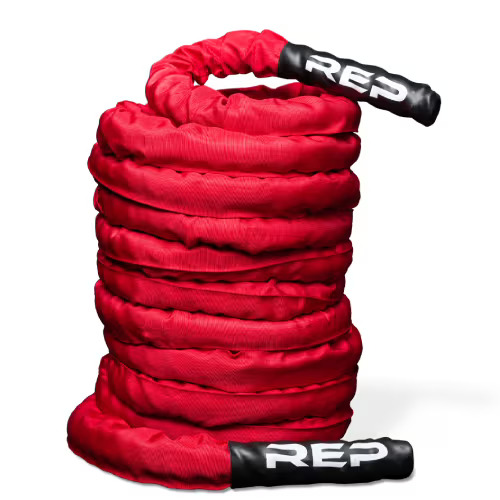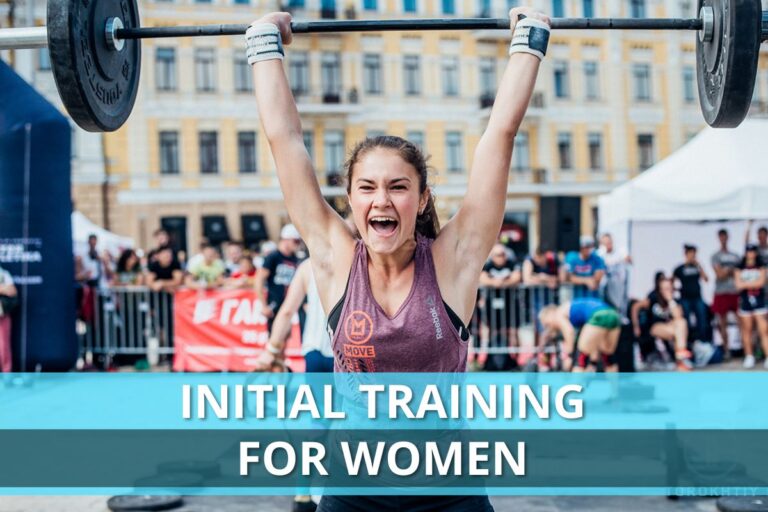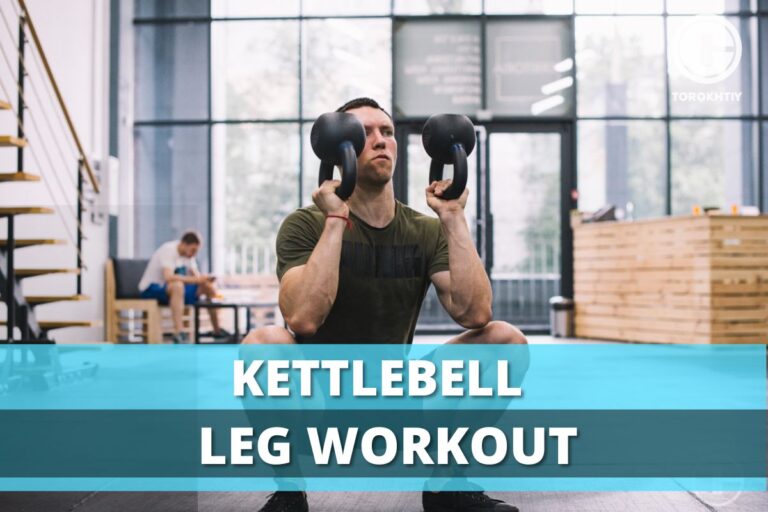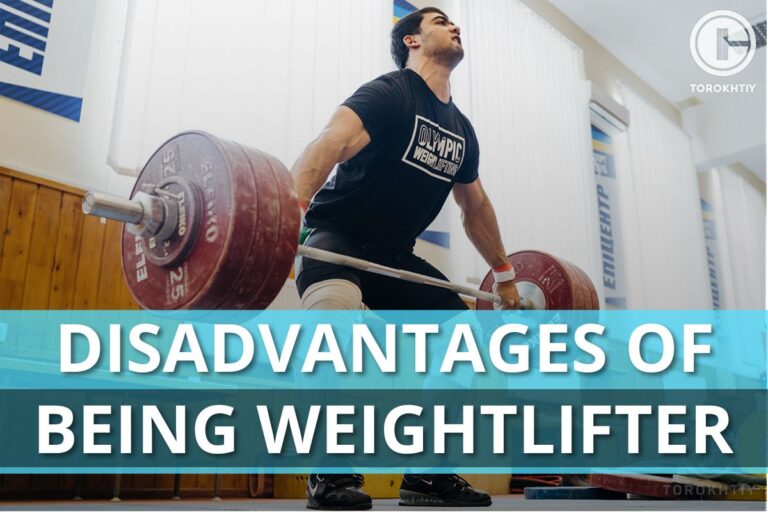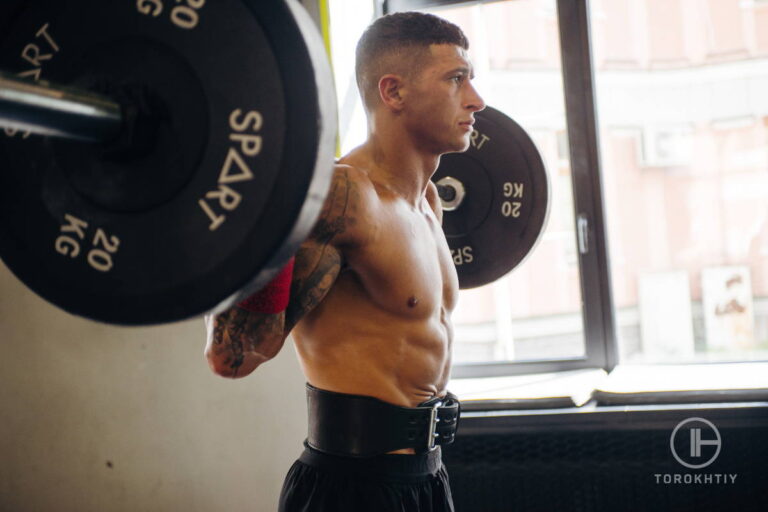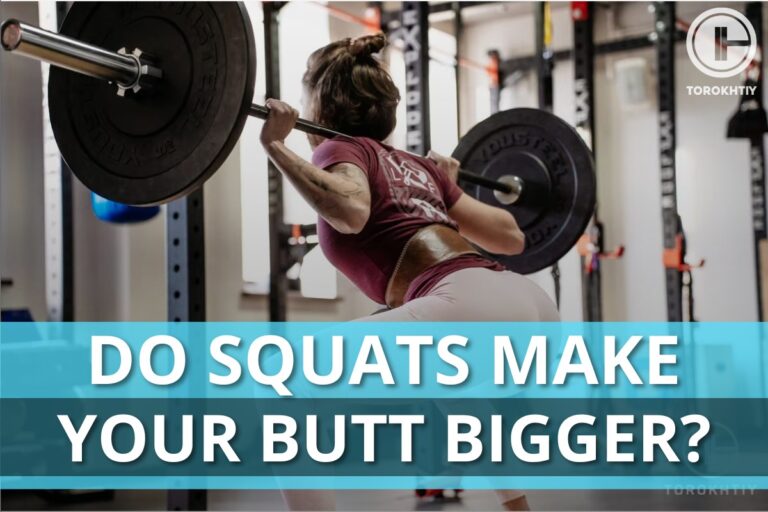What Muscles Do Battle Ropes Work?
Battle rope workouts are some of the most intense you have ever done. Battle rope is such an effective workout equipment that athletes from several sports such as boxing and fitness use it for drills. If you’re thinking about adding rope workouts to your routine, you might be wondering: how are the battle ropes muscles worked? Well, let’s find out.
First, the short answer…
How are battle rope muscles worked? Battle ropes work your entire body, literally. Rope drills work your leg, core, back, and arm muscles to give you the ultimate full body experience. This full body effect is what makes the battle rope such an effective workout.
If you’d like some more detail, stick around, we’re only getting started…
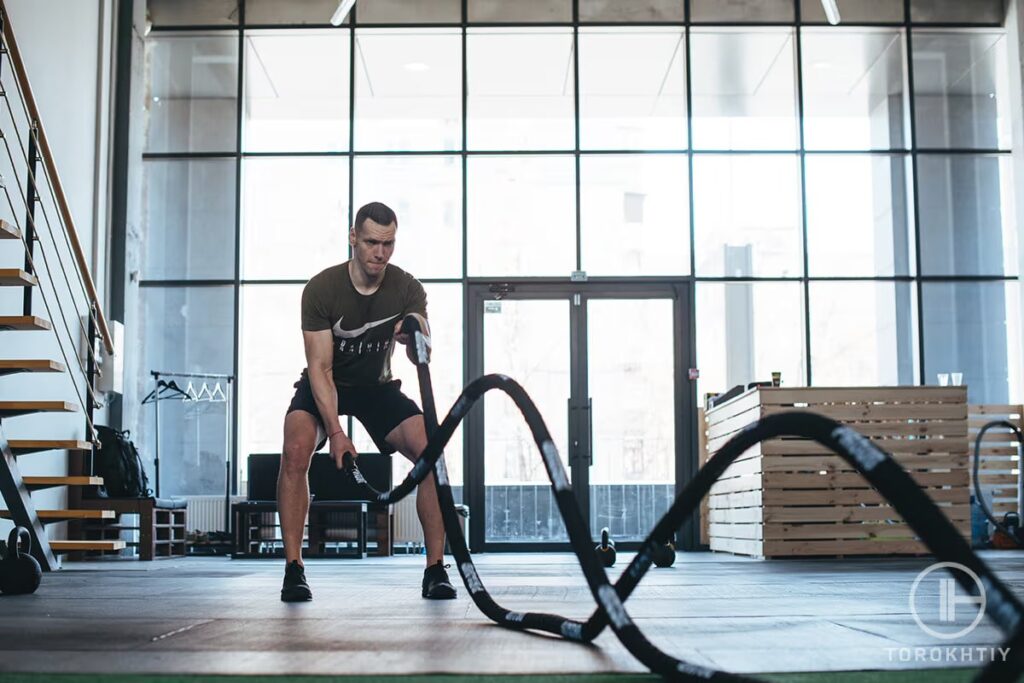
What Muscles Does Battle Rope Work?
One of my favorite rope training benefits is that it’s a full body workout. That said, it’s important to understand exactly how it trains each muscle group to help you decide whether it fits with your fitness goals and personal preference.
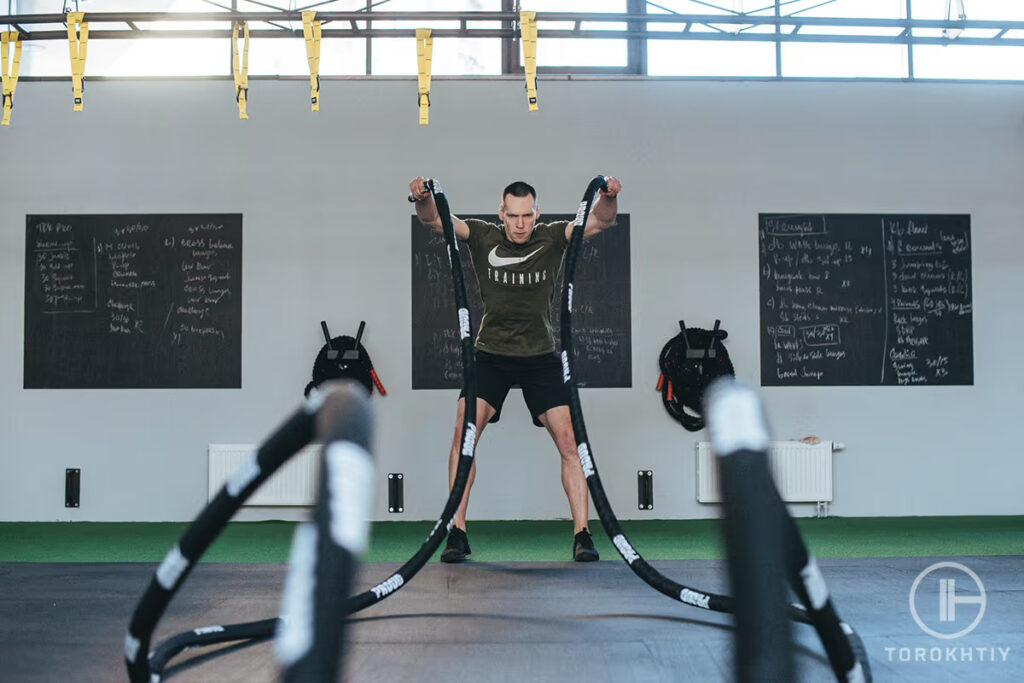
1. The Core
What are the battle rope muscles worked? Battle rope workouts involve movements that throw you off balance. To keep yourself balanced, your core must be engaged. The exercises train up your core by piling on force after force with each slam you do to knock you off balance.
The stronger your core, the better you’ll be able to withstand these forces. You’ll hardly find a rope training exercise that doesn’t involve an engaged core. That said, it’s not especially targeted to your core, so if that’s your main target, perhaps there are better alternatives you can consider.
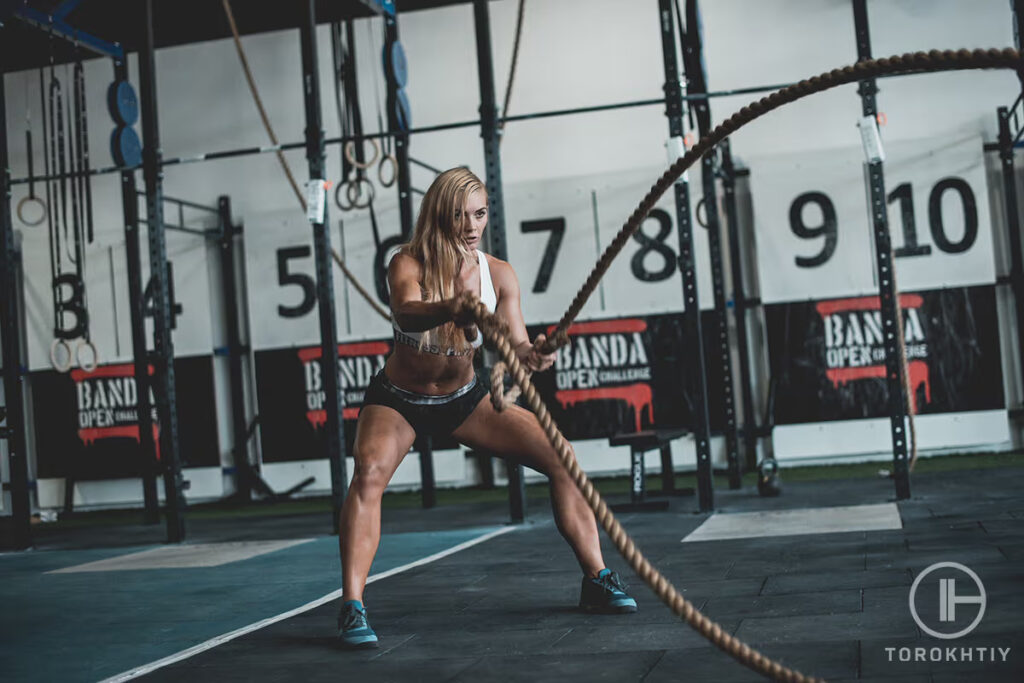
2. Lower body
The general assumption is that battle ropes only train your upper body and not your lower body, but that’s wrong. Similar to the core, your lower body is essential to keeping your body balanced during battle rope drills. So if you’re standing upright, your legs must work to keep you in place, but that’s not the best way to target your lower body with a battle rope. If you really want to train your lower body, drop into a squat as you perform the drills.
This will activate all the muscles in your lower body. There is one scenario where your rope workouts might completely ignore your lower body, though. If you do any drills that involve you sitting on the floor, your lower body will be napping the whole time. So if you want to engage your lower body, squat when using a battle rope.
3. Upper Body
Your upper body is perhaps the main target for battle rope workouts. You can develop arm speed, strength, and coordination with these workouts, which makes them essential for sports that involve your hands like boxing or javelin throwing, for example. As you swing your arms up and down to create waves with your battle rope, your chest is involved. To help maintain proper form, your back is involved. So it’s no exaggeration to say that battle ropes work your entire upper body.
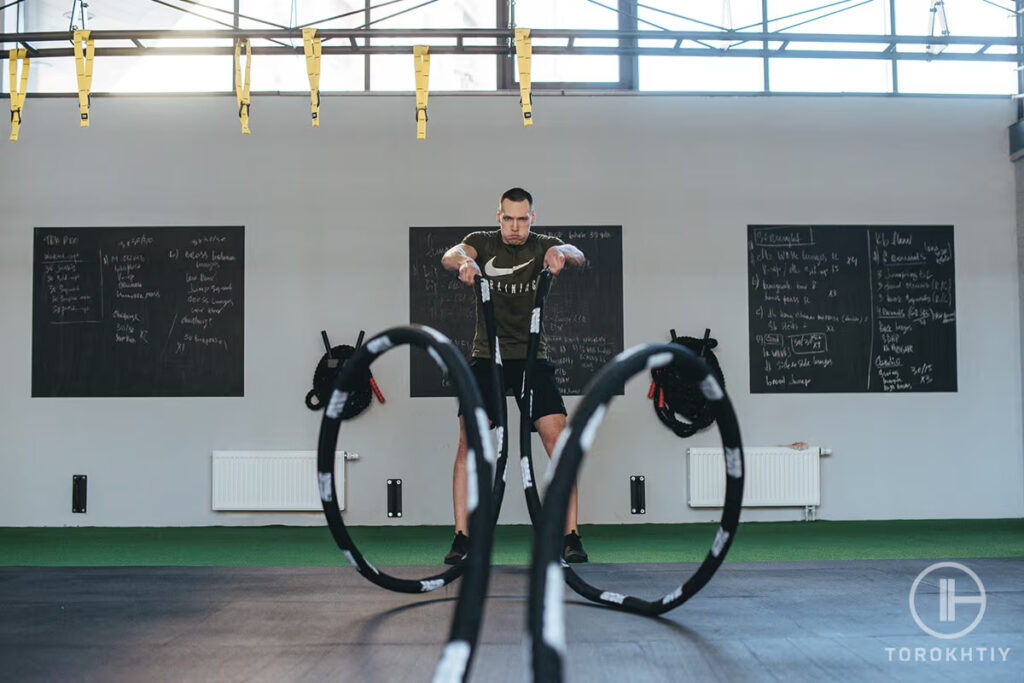
Some Exercises With Battle Ropes
Now you know the major battle ropes muscles worked, but what are some good drills to get you in proper shape? These are some of my favorite battle rope exercises, and you might want to try them out too…
1. The double Wave
The double wave is quite effective for building upper body strength. It involves swinging the rope with both your hands at the same to create waves. The faster you go, the more intense it gets. So you start by anchoring your battle rope against a pole or something similar and holding the ends in each hand.
Stand with your feet about shoulder-length apart and bend your knees slightly while leaning your back slightly forward. Once set, swing with both hands until you’re making waves with your rope. If you’re still confused, you can watch it happen.
2. The Alternating Wave
This workout is basically a twin to the double wave. There’s only one notable difference between the two movements. While the double wave involves the use of both hands at the same time, the alternative wave involves the use of both hands, but in an alternating pattern. As one hand goes up, the other comes down, just like it would be if you’re running. Check out the moves for yourself right here.
3. Snakes on the Floor
This battle rope workout is a true full body workout. It trains up shoulder, legs, and core all at once. Snakes on the floor start in a similar position to our first two variations, but require a slightly wider stance. Again, anchor the rope around a pole or something similar while holding your hands at your side and parallel to the floor.
Then swing your arms sideways without having them intersect. If you do it right, both sides of the rope would look like snakes writhing on the floor. Your snakes on the floor workout should look something like this.
4. Shoulder Circles
Another interesting and heavy-duty battle rope workout is the shoulder circle. Shoulder circles target your deltoids and rhomboids and are especially effective for developing power in your swing. It starts with the usual shoulder-length stance and the rope anchored around a pole, but that’s where the similarities end.
Still holding the rope ends in either hand, lift your arms over your shoulders, then swing them in a circle. You can start by going clockwise and switch to anticlockwise after some time. You can also move your individual arms in different directions to make it interesting. If you’re still struggling to picture it, watch this.
I mentioned your core as one of the major targets of battle rope workouts, and this drill is all about that. Again, take the normal stance when starting. Stand with your feet spread to about shoulder-length apart and face the anchor of the rope. Then move both of your hands to one side of your body, lift the ropes in your hands up above your head, and slam them back down. Then switch sides and repeat the move. You can spice things up by using one hand at a time too. You’ll understand it better if you just watch it happen.
Battle Rope We Recommend
If you’d like to add the battle rope to your catalog of equipment, the Rep Fitness sleeve battle rope is my top pick for you. It’s incredibly strong because it’s made of pure poly dacron material and covered by a layer of nylon to keep it safe from wear and tear. You can pick from four different sizes depending on your level of skills and personal preferences.
The wider the diameter and the longer the rope, the more effort it requires, so if you’re a beginner it might be better to start with a small one. It also gives you a solid grip to ensure there are no slip-ups while you workout. If you’re looking for a battle rope, look no further.
FAQ
Are Battle Ropes a Good Workout?
Battle ropes are an awesome and super effective workout. By targeting your entire body, battle ropes make it easier for you to reach several fitness goals simultaneously.
Do Battle Ropes Work Biceps?
You bet they do! With all that arm movement that battle rope workouts involve, it’s a no-brainer that your biceps get trained. Of course, there are other drills targeted specifically for your biceps, but battle ropes do a good job too.
Can You Get Ripped With Battle Ropes?
Yes, you can, but when combined with a proper diet and a strict fitness plan. Battle ropes are a full body workout, which means you’ll burn more calories and your fat in general and belly fat will reduce. This in turn opens up a better chance of you getting ripped.
Conclusion
So now you have an answer to the question: what does battle ropes work? You also have a list of workouts you can try out and a top quality recommendation if you’d like to get one for yourself. Battle rope workouts are intense and effective, so they’re good for you. As for muscles worked, the question should be: what muscles do battle ropes not target?
Now I’d love to hear from you? What’s your favorite battle rope workout? Did the recommended product catch your attention? Let’s talk in the comments…
Also Read:
References:
- 10 Uses and Benefits of Battle Ropes in Your Daily Workouts // Dmoose: https://www.dmoose.com/blogs/workout-training/top-10-uses-and-benefits-of-battle-ropes-in-workout
- 5 Ways to Strengthen Your Lower Body // Verywellfit: https://www.verywellfit.com/how-to-strengthen-your-lower-body-5270693
- Keeping Good Form In Your Strength Training Workouts // Teeter: https://teeter.com/blog/good-form-strength-training/
- What Muscles Do Ropes Work? Exercise Explained // Inspireusafoundation: https://www.inspireusafoundation.org/what-muscles-do-ropes-work/
- Choosing the Best Deadlift Stance Width for your Size // Power liftingtechnique: https://powerliftingtechnique.com/deadlift-stance-width/
Why Trust Us?
With over 20 years in Olympic Weightlifting, our team does its best to provide the audience with ultimate support and meet the needs and requirements of advanced athletes and professional lifters, as well as people who strive to open new opportunities and develop their physical capabilities with us.
By trusting the recommendations of our certified experts in coaching, nutrition, dietology, and sports training programming, as well as scientific consultants, and physiotherapists, we provide you with thorough, well-considered, and scientifically proven content. All the information given in the articles concerning workout programming, separate exercises, and athletic performance, in general, is based on verified data. We ensure that you can rely on our professionals’ pieces of advice and recommendations that can be treated as personalized ones which will benefit you and fully meet your needs.
The product testing process is described in more detail here
Author: Ihor Shymechko
Pro Olympic Weightlifter, Coach
Best Results: Snatch – 208 kg,
C&J – 240 kg
Ihor has been a professional weightlifter since 1996, boasting over two decades of competition experience. His notable achievements include clinching the European Championship in 2009 and securing a silver medal in the 105kg division at the Senior World Championships in 2011. Ihor represented his country in the 2008, 2012, and 2016 Summer Olympics. After retiring from competitive weightlifting, he transitioned to coaching, leveraging his vast experience to guide athletes who now compete on both national and international stages.

